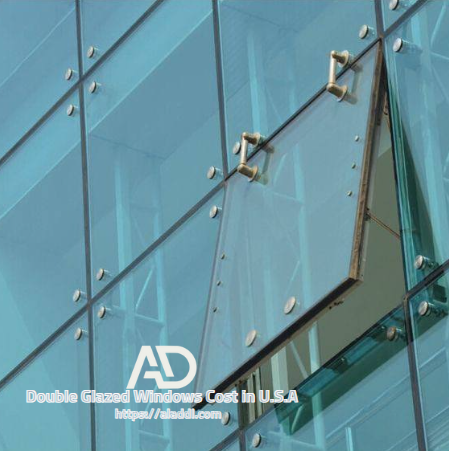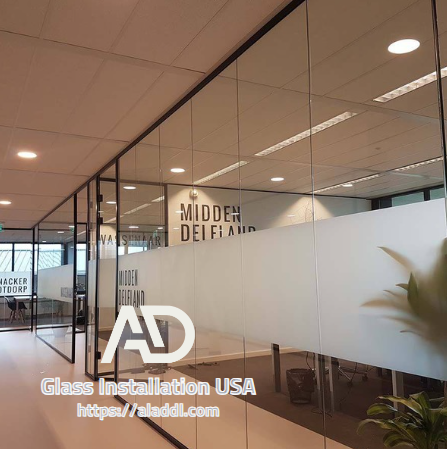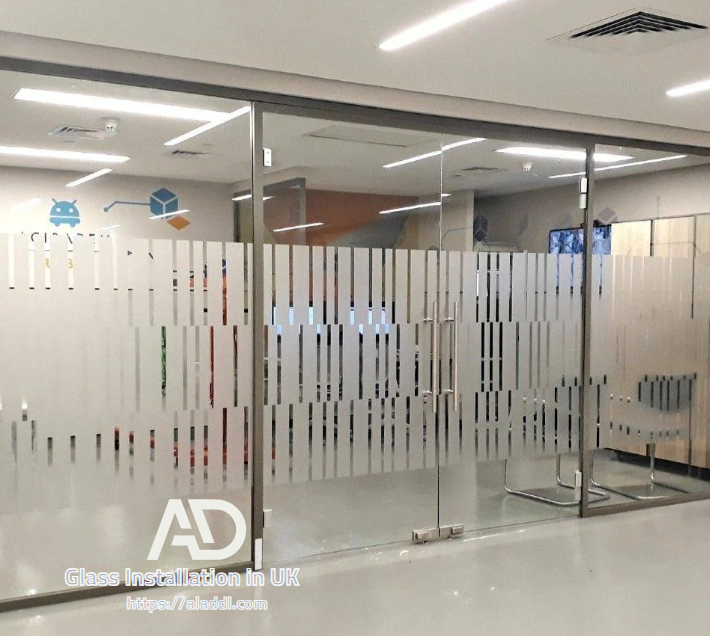The Pros and Cons of Tempered vs. Laminated Glass: What You Need to Know
Introduction
When it comes to choosing the right type of glass for your home or commercial project, understanding the differences between tempered and laminated glass is crucial. Both types offer unique benefits, but they also have their own drawbacks. This article will provide a comprehensive comparison of tempered and laminated glass, helping you make an informed decision based on your specific needs.
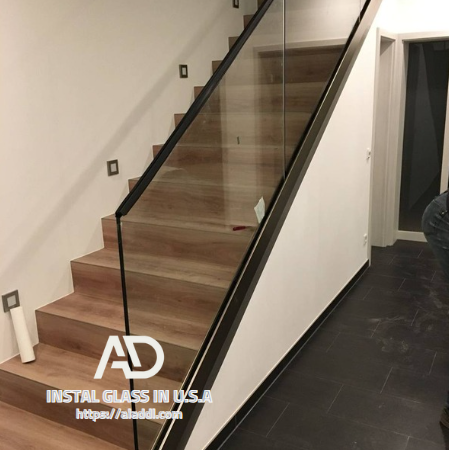
جدول المحتويات
What Is Tempered Glass?
Tempered glass, also known as toughened glass, is heat-treated to increase its strength. It is designed to break into small, blunt pieces rather than sharp shards, reducing the risk of injury.
Pros of Tempered Glass
- Strength: Tempered glass is four to five times stronger than standard glass.
- Safety: When broken, it shatters into small, blunt pieces, reducing the risk of injury.
- Heat Resistance: It can withstand higher temperatures, making it ideal for areas exposed to heat.
Cons of Tempered Glass
- Cost: Tempered glass is more expensive than standard glass, with prices ranging from $10 to $25 per square foot.
- Irreversible Damage: Once tempered glass is damaged, it cannot be repaired and must be replaced.
- Limited Applications: While strong, tempered glass is not as versatile as laminated glass in terms of applications.
Understanding Double Glazed Windows Cost in the U.S.A Comprehensive Guide
What Is Laminated Glass?
Laminated glass consists of two or more layers of glass bonded together with an interlayer, typically made of polyvinyl butyral (PVB). This design keeps the glass intact even when broken, offering enhanced security and sound insulation.
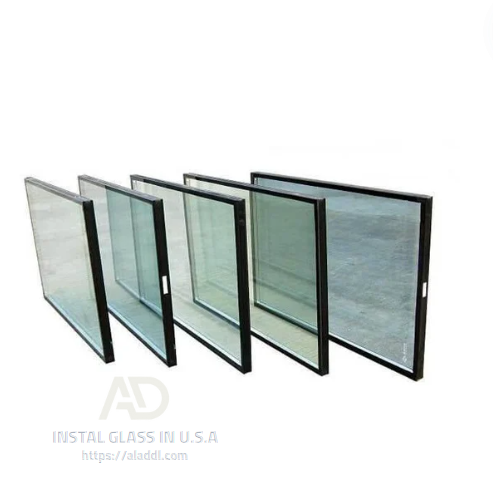
Pros of Laminated Glass
- Safety: Laminated glass stays intact when broken, making it ideal for security applications.
- Sound Insulation: The interlayer helps reduce noise, making laminated glass a popular choice for windows in noisy environments.
- UV Protection: Laminated glass blocks up to 99% of UV rays, protecting interiors from fading.
Cons of Laminated Glass
- Cost: Laminated glass is more expensive than standard glass, with prices ranging from $15 to $50 per square foot, depending on the thickness and type of interlayer.
- Weight: Laminated glass is heavier than tempered glass, which can make installation more challenging.
- Potential for Delamination: Over time, the interlayer may separate from the glass, particularly in extreme weather conditions.
The Ultimate Guide to Aluminum Door Installation in the USA
Cost Comparison
- Tempered Glass: The cost of tempered glass typically ranges from $10 to $25 per square foot, depending on thickness and additional features such as coatings or tints.
- Laminated Glass: Laminated glass instalation generally costs between $15 and $50 per square foot, with prices varying based on thickness, the number of layers, and the type of interlayer used.
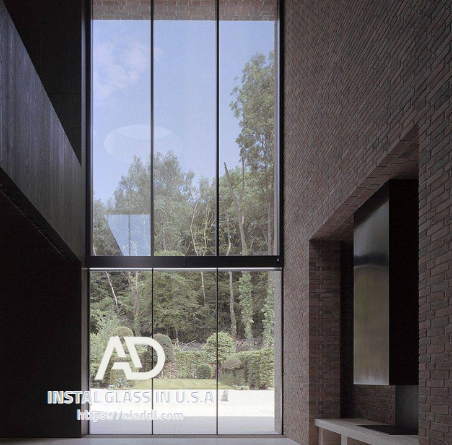
Applications
Tempered Glass
- Shower Doors: Tempered glass is ideal for shower doors due to its strength and safety features.
- Windows: It is commonly used in windows in high-heat environments, such as near stoves or fireplaces.
- Furniture: Tempered glass is often used for tabletops and shelving due to its durability.
Ultimate Guide to Aluminum Window Installation in the U.S.A
Laminated Glass
- Windows and Skylights: Laminated glass is preferred for windows and skylights in hurricane-prone areas due to its impact resistance.
- Automotive Windshields: Laminated glass is standard in automotive windshields, providing safety and noise reduction.
- Soundproofing: It is widely used in buildings requiring sound insulation, such as recording studios and office spaces.
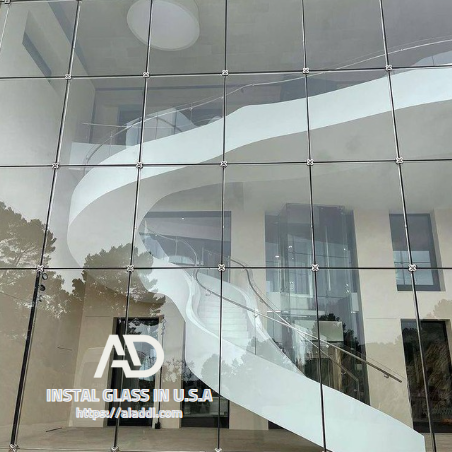
Safety Considerations
- Tempered Glass: Ideal for areas where safety is a concern, such as bathrooms and kitchens. It meets safety standards such as ANSI Z97.1 and CPSC 16 CFR 1201 in the United States.
- Laminated Glass: Preferred for applications requiring enhanced security, such as in banks, schools, and hurricane-prone regions. It also meets safety standards and is often required by building codes in specific areas.
instal Both tempered and laminated glass offer significant benefits, but the right choice depends on your specific needs. If strength and heat resistance are your top priorities, tempered glass is the way to go. On the other hand, if you need enhanced security, sound insulation, and UV protection, laminated glass may be the better option. Understanding the pros and cons of each type of glass can help you make the best decision for your project.
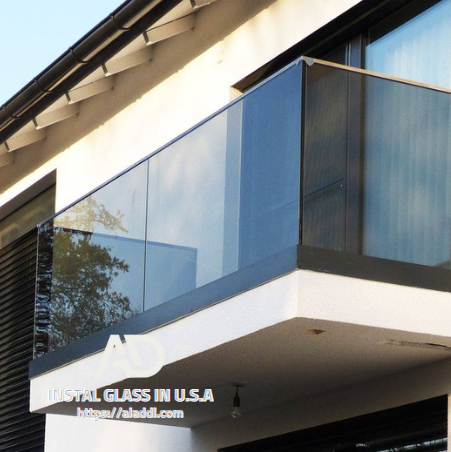
FAQs
1. Which is more expensive, tempered or laminated glass?
Laminated glass is generally more expensive, with prices ranging from $15 to $50 per square foot, compared to $10 to $25 per square foot for tempered glass.
2. Can tempered glass be used for soundproofing?
Tempered glass is not as effective for soundproofing as laminated glass, which has a specialized interlayer designed to reduce noise.
3. Is laminated glass safer than tempered glass?
Both types of glass offer safety benefits, but laminated glass provides enhanced security as it stays intact when broken, making it harder for intruders to gain access.
4. What are the most common uses for tempered and laminated glass?
Tempered glass is commonly used in shower doors, windows in high-heat areas, and furniture, while laminated glass is often used in automotive windshields, soundproofing applications, and hurricane-resistant windows.
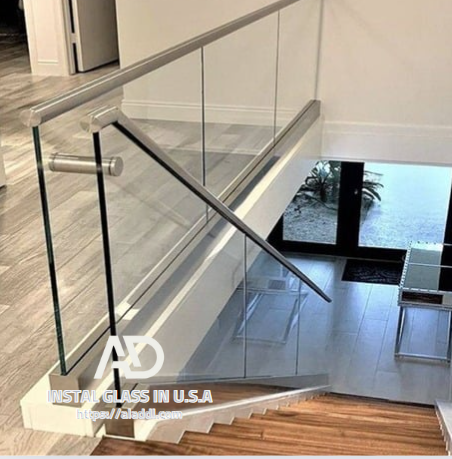
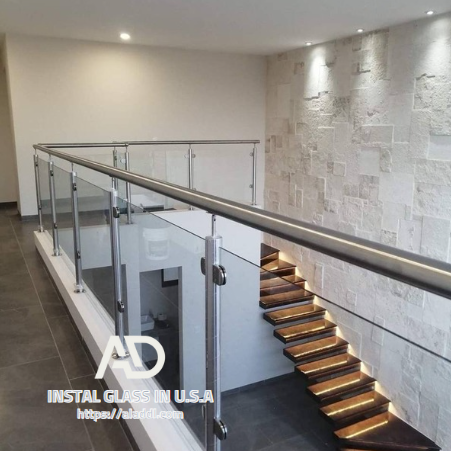
This article provides a detailed comparison between tempered and laminated glass, including costs, benefits, and applications, with the aim of improving its ranking in search engine results in the United States.
